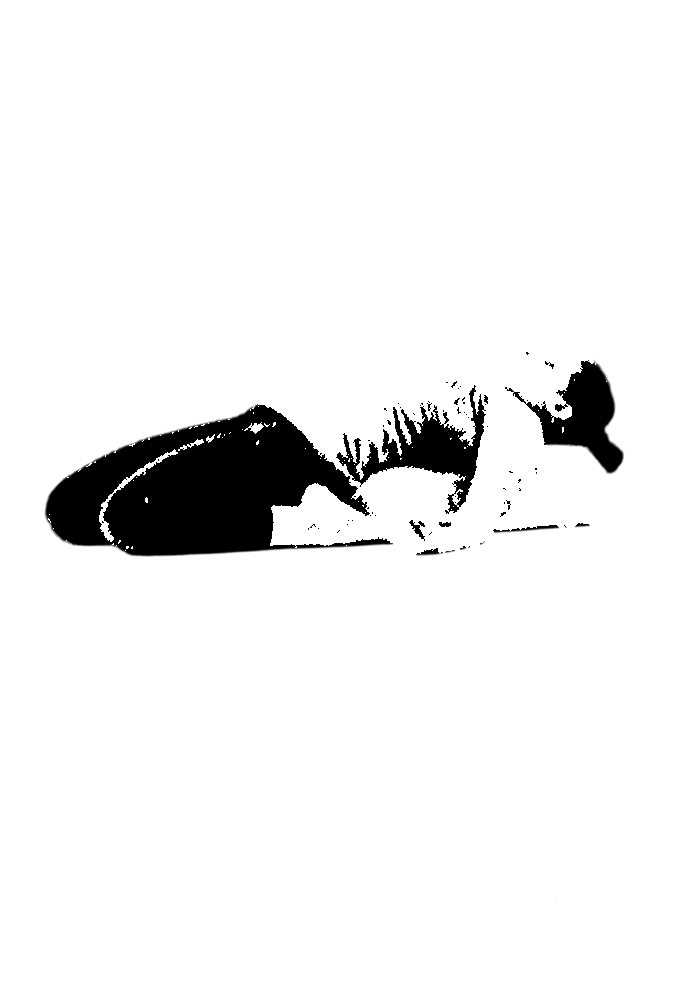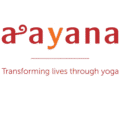
To practice Full Saddle, begin by kneeling on your mat. Sit back between your heels, ensuring your knees are no wider than hip-distance apart. Slowly recline backward, supporting yourself on your elbows first. If accessible, lower all the way onto your back, resting your shoulders and head on the mat. Your arms can rest alongside your body or stretch overhead to intensify the stretch. For most practitioners, this pose requires significant hip and quad flexibility, so props like a bolster or blanket behind the spine are highly recommended to reduce intensity.
The primary physical benefits of this pose are unparalleled. It delivers a deep, sustained stretch to the quadriceps and psoas muscles, which are often chronically tight from prolonged sitting. This release can alleviate knee and lower back tension by restoring balance to the anterior and posterior chains of the body. The pose also creates a gentle compression in the lumbar spine, stimulating circulation and promoting vertebral disc health. As a heart opener, it expands the chest and improves respiratory capacity.
Beyond the physical, Full Saddle Pose is a lesson in vulnerability and surrender. The intense sensation demands focused breathwork and mental calm, making it a meditative practice in discomfort management. It encourages emotional release, particularly around themes of control and resistance.
For an optimal Yin experience, hold Full Saddle Pose for 2 to 4 minutes, using props as needed to maintain a manageable intensity. Incorporate it into your practice 1-2 times per week to gradually increase flexibility in the quads and hip flexors.
Learn about Yin Yoga Poses > Happy Baby Pose, Seal Pose, Supported Sacrum, Toes stretch, Sphinx Pose, Butterfly Pose, Twisted Roots, Caterpillar Pose, DragonFly Pose, Shoelace Pose, Snail Pose, Swan Pose, Full Saddle Pose, Crescent Pose.
